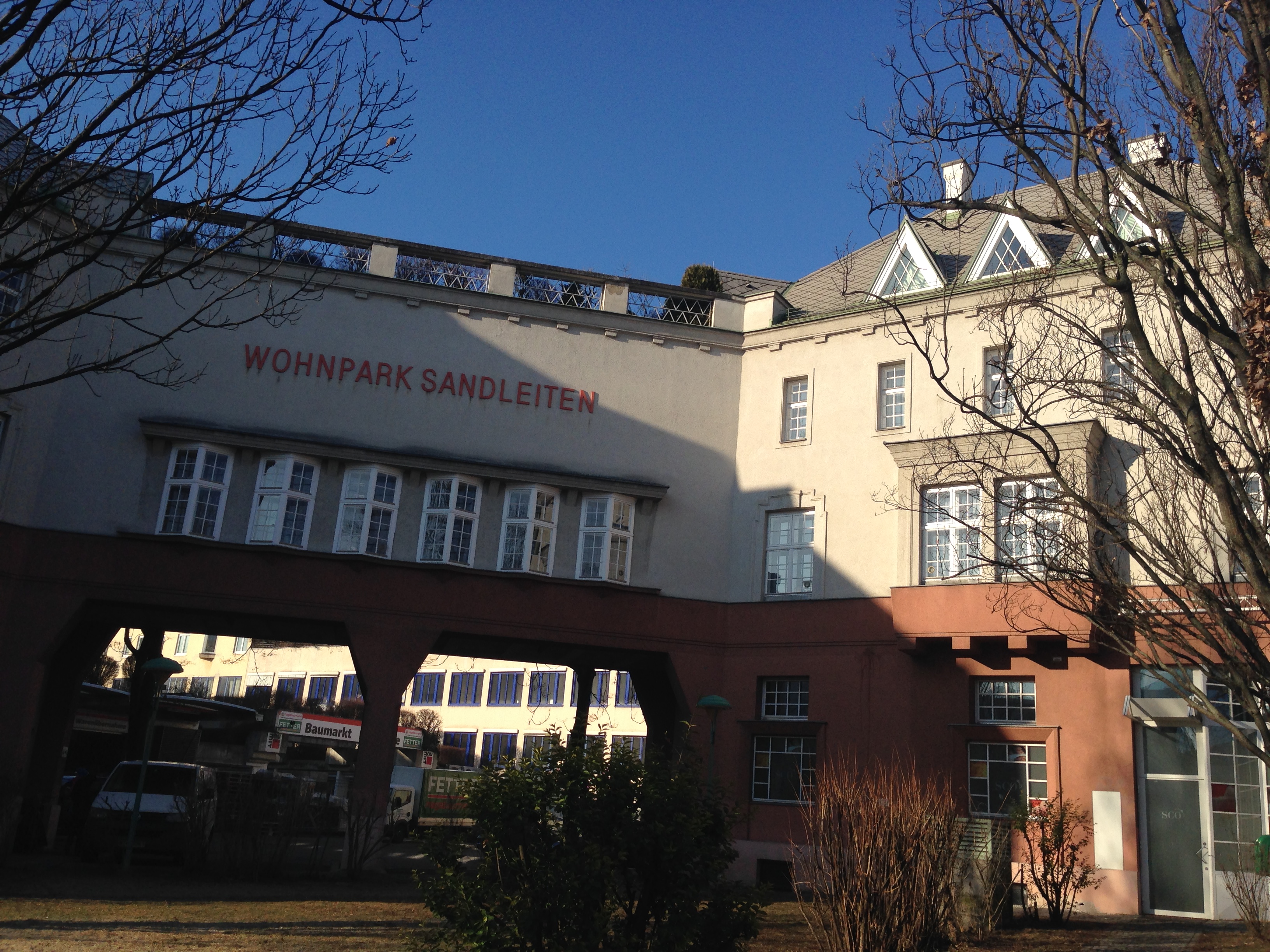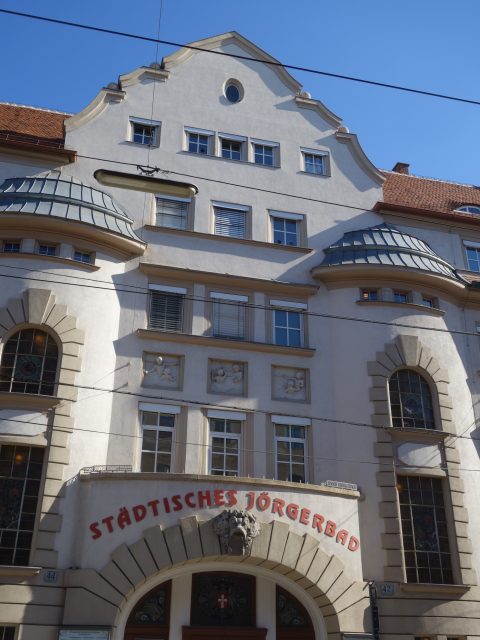“RED VIENNA” 1923-1933: HOUSING REFORMS

Vienna council house complex “Sandleiten” in the 16th district
For the Christian Socialists Catholicism remained the central value, whereas the focus of the Social Democrats was on a welfare system that cared for the individual from the “cradle to the grave”. By establishing numerous clubs, societies and associations they tried to build a “counter-culture” to the traditional conservative Catholic Austrian culture. The centre of this huge reform project was “Red Vienna”, which was an independent federal state since 1921 and ruled by Social Democrats. There they could realise all their ideas for a new society. The new council houses were not only symbols of a new and better life style for the working classes but also architectural landmarks. They represented the centres of this counter-culture and harboured also offices of the various clubs and party organisations. By the conservatives they were viewed as the fortresses of the left.…

